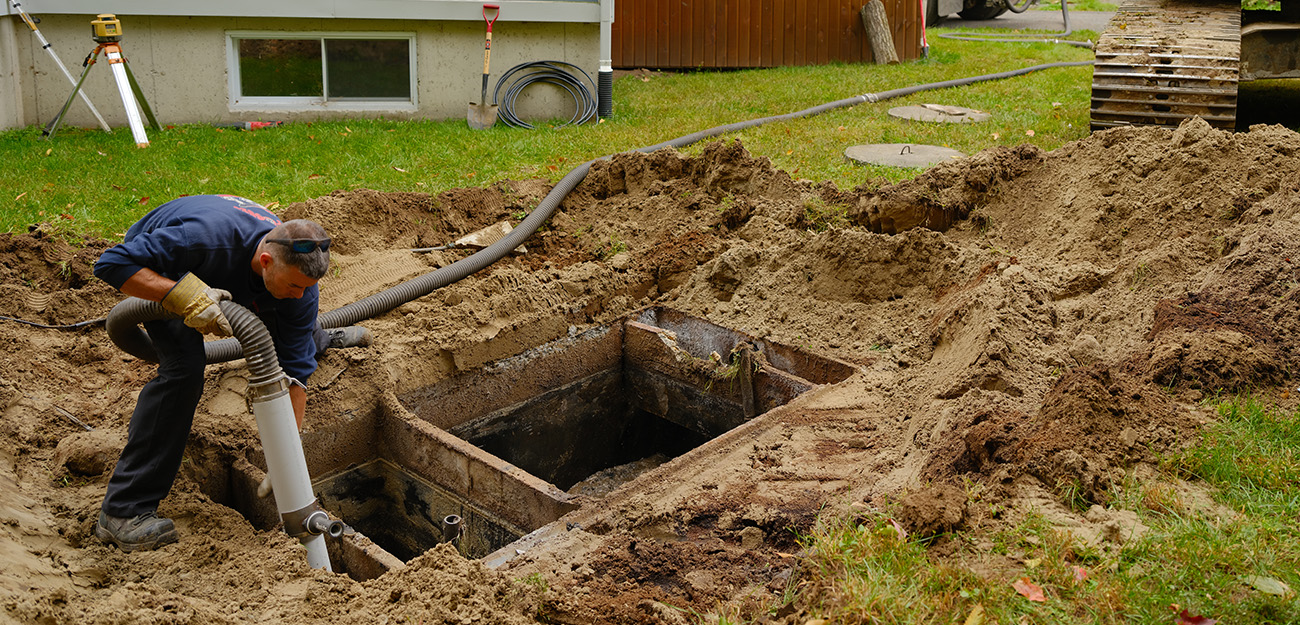Certain aspects of owning a home are buried until they need attention. The septic tank is among such important but often ignored element of a home. We take it for granted as it is assumed to carry out its duties without much maintenance or worry. But, as with any other system, septic tanks come with a life span, and at some point they’ll require replacement.

Cost of replacing a septic tank can be an expensive financial burden for homeowners who are unprepared. There are a variety of factors that affect the total cost, making it essential to understand what factors are considered when budgeting for a new septic system.
To figure out the exact cost of installing the new septic system it is important to think about more than the price. It’s more than just a matter of removing the old tank before installing the new one. Numerous components and services are part of the overall price. Costs are incurred at each stage of the process, such as obtaining permits, hiring professionals, and even excavation and installation.
One of the primary concerns is the septic tank replacement price, which includes the cost to set up a the septic tank and leach field. The cost of replacing a tank will differ based on its size, the material and the level of complexity. Prices can be affected by your location, local regulations and soil conditions. Talk to a septic expert to evaluate your needs and receive an accurate estimate. They will take into account things like the size and design of your leach field, and will provide that you are aware of the total expense in your septic system replacement project.
Apart from the tank the other major expense is the leach field or drainfield. This component is crucial in the treatment and dispersal of water. The cost of replacing a field that has been damaged or ineffective can be significantly increased by thorough planning. Factors like the size of the field soil composition and access all impact the expense, making it essential to consider these elements when you calculate the cost total.
In addition to the physical expenses homeowners should also take into account the intangible expenses that come with septic system replacement. The process can disrupt your day-to-day routine, requiring you to temporarily move out of your house or reduce your use of water throughout the installation. It is important to consider this inconvenience when planning your project as it could cause disruption to your routine and create additional expenses.
Additionally, it’s important to realize that regular maintenance and upkeep of your septic system are crucial to ensure its longevity and reduce the chance of a premature replacement. Failure to maintain your system regularly will result in more severe issues in the future, such as damage to drainfields and tank failure. It is advisable to include septic system costs within your budget. This will allow you to save money.
By now, you may have realized that determining the septic system cost is not a straightforward task. It is a careful analysis of several factors, from the size and construction of the tank, to the complexity of the installation as well as the condition of the leach field. Additionally, the location of your property and the local regulations could impact the total expense. It is essential to speak with professionals with expertise in replacing septic systems.
If you’re looking to replace your septic, you may be stunned by the hidden expenses. These expenses can be incurred quickly, so it’s important to be aware of them before making a final decision.
These are a few of the hidden costs of replacing an septic tank:
The costs of permits and inspections. Before you start work on the replacement of your septic tank, you will need to get permits from the local authorities. These permits are expensive, and you may also require a fee for inspections.
The cost of excavation as well as removal. The old septic system will need to be taken away and dug up before the new system is put in place. This can be a costly procedure, especially if the system is located in an extremely difficult to access area.
The cost of backfilling and grading. After the old system has been removed, the hole has to be refilled and graded. This is important to ensure that the new system is draining.
Costs of landscaping. After the new system has been put in place, you may have to do some landscaping to keep the area looking neat and tidy. It can be costly especially if a landscaper required.
When you plan to replace your Septic tank, it’s essential to include these hidden costs. You’ll avoid unpleasant surprises later by making plans in advance.
Affording eco-friendly septic options is an excellent choice for homeowners with a limited budget. These are not just cost-effective alternatives to conventional system of septic, but they assist in preserving the environment by reducing runoff and reducing the amount of water pollution. Additionally, eco-friendly septic systems are becoming more readily available and affordable, making them an ideal option for those wanting to decrease their environmental impact without breaking the bank. While there might be upfront costs to transitioning to an eco-friendly system, these additional costs are far more than covered in savings for the long run. Going green isn’t just a fashion statement, but a fundamental life-style change that everyone should contemplate if they’re determined to protect our planet for the generations to in the future. When you install the correct system, you can be sure that your home will run efficiently in a timely manner, at a low cost for maintenance.